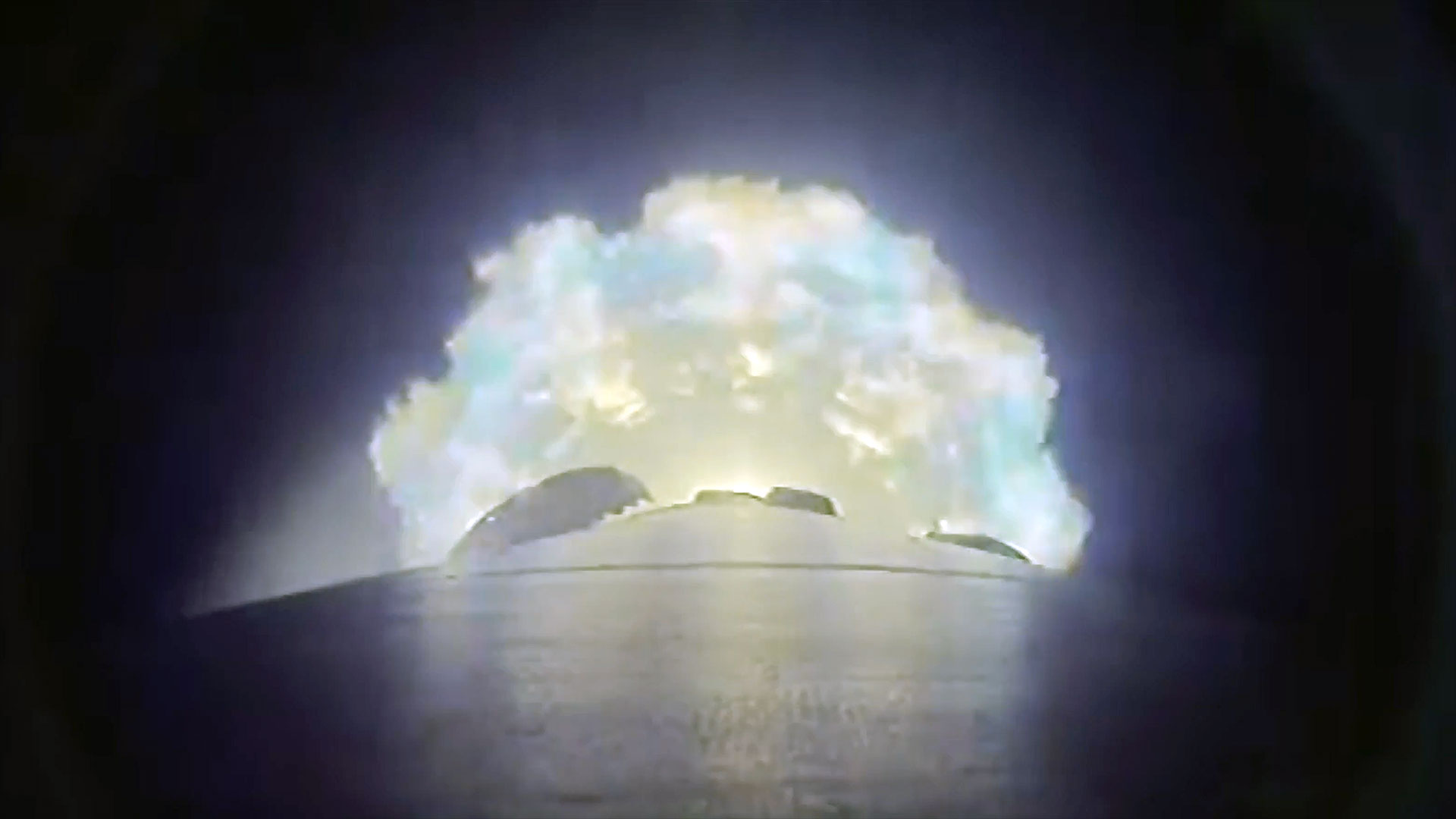13-Year Mission Ends for Ocean Scanning Satellite

U.S. andFrench researchers announced the end of an ocean-watching satellite Thursday,concluding a 13-year mission that transformed their understanding of Earth'slargest bodies of water.
Mission managersended the TOPEX/Poseidon mission following the failure of its final reactioncontrol wheel - used to keep the spacecraft pointed properly - that preventedfuture science observations, NASA officials said.
"It'sdefinitely a happy ending," said Lee-Lueng Fu, themission's project scientist at NASA's Jet Propulsion Laboratory (JPL) inPasadena, California, in a telephone interview. "The mission launched in 1992and we specified operation from three to five years, but we got 13. That's morethan anybody could ask for."
A jointmission between NASA and France's Centre National d'EtudesSpatial (CNES), the TOPEX/Poseidon spacecraft watched Earth's oceans from an830-mile (1,335-kilometer) orbit.
"The oceanis changing all the time," Fu said. "This was the first time we mapped theelevation of the ocean's surface."
Thesatellite used radar altimeters to track changes in sealevel, map ocean tides and study ocean water mixing. Observations from thespacecraft also helped researchers to better understand global climatechange and weather phenomena such as El Ni?o, NASAofficials said.
"It was arevolution for oceanography," Fu said of the TOPEX/Poseidon mission. "It wasthe ocean equivalent of a weather map."
Breaking space news, the latest updates on rocket launches, skywatching events and more!
TOPEX/Poseidonalso proved that global positioning system (GPS) measurements could be used totrack orbiting satellites. The spacecraft's science mission ended after almost62,000 orbits around Earth.
But whilethe mission is over, the spacecraft won't come crashing into the Earth'satmosphere any time soon due to the relatively low drag forces in its currentorbit.
"It couldbe up to 1,000 years," Fu said of TOPEX/Poseidon's return.
A successorto TOPEX/Poseidon - dubbed Jason- launched in December 2001 and worked alongside its predecessor, allowingflight controllers to verify its function by comparison, added Fu, who alsoserves as its project scientist at JPL.
A thirdspacecraft, the Ocean Surface Topography Mission, is expected to join Jason in2008 to continue its ocean-watching task. NASA and CNES are cooperating on bothmissions.
"This datastream, hopefully, will become a permanent asset of the internationalcommunity," Fu said.
- TOPEX/POSEIDON Satellite Data Suggests Moon's Pull Influences Earth Climate
- Sea's Surface Carries Life, Energy

Tariq is the award-winning Editor-in-Chief of Space.com and joined the team in 2001. He covers human spaceflight, as well as skywatching and entertainment. He became Space.com's Editor-in-Chief in 2019. Before joining Space.com, Tariq was a staff reporter for The Los Angeles Times covering education and city beats in La Habra, Fullerton and Huntington Beach. He's a recipient of the 2022 Harry Kolcum Award for excellence in space reporting and the 2025 Space Pioneer Award from the National Space Society. He is an Eagle Scout and Space Camp alum with journalism degrees from the USC and NYU. You can find Tariq at Space.com and as the co-host to the This Week In Space podcast on the TWiT network. To see his latest project, you can follow Tariq on Twitter @tariqjmalik.
